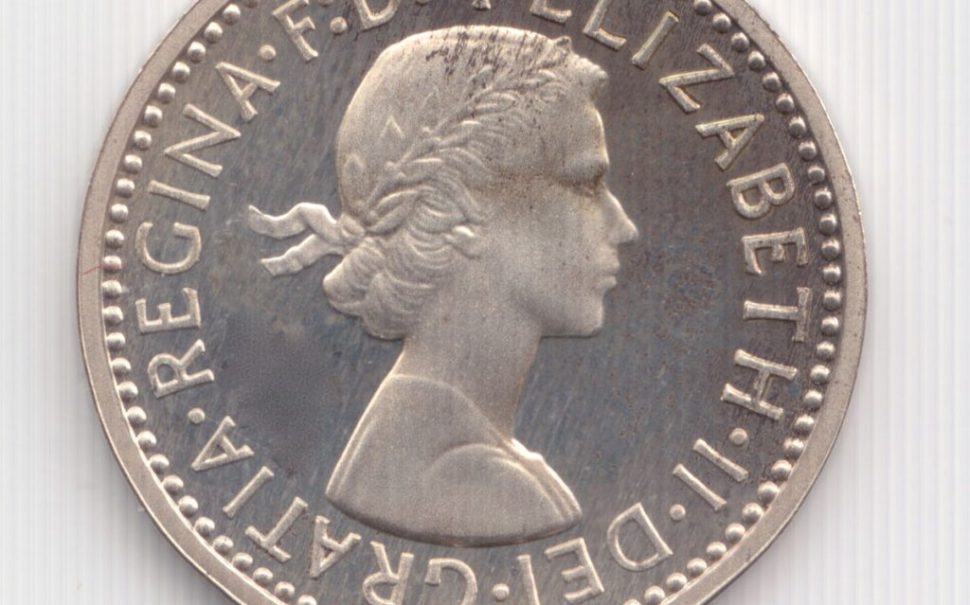The bust looks right off the obverse, adorned with the crown first worn by the Queen at her Coronation and paired with a simple drop earring.
Unlike his predecessors, engraver Jody Clark placed a modest smile on his portrait of the monarch, who had reigned the kingdom since before he was born.
Clark designed the fifth and final effigy of the Queen to feature on coinage issued by the Royal Mint, and it can be found on most British coins in circulation today.
In the decades since 8-year-old Princess Elizabeth made her debut on a $20 Canadian banknote in 1935, the monarch featured on more national currencies than any other individual in history.
Chris Levine was one artist whose portrait of the Queen appeared on a banknote.
To mark her Diamond Jubilee, Levine’s royal portrait entitled Equanimity was issued on a £100 Jersey banknote in 2012.
Levine is not a committed royalist but said he had huge admiration for the Queen and believes she was a cultural icon for British citizens.
Levine told South West Londoner: “She was always there, something of a corner stone throughout my childhood and life.
“Through periods of personal chaos and uncertainty, the Queen was a consistent calm feature and I’ll always be grateful for that.”
Many people share Levine’s view that the Queen was a figure of trust, stability and power. A sentiment that USC Professor Hymans said may help explain why so many countries sought to represent her on their money.
“By featuring the Queen other nations were clearly desiring to advertise their affiliation with this great centre of power, and to demonstrate that they share values with an international community” said Hymans.
According to social sciences Professor Micheal Billing of Loughborough University, coinage and banknote iconography help to build our shared sense of nationhood, through an effect he calls banal nationalism.
He said: “It is the extent to which the nation state is visible to us in everyday life, in ways which we just don’t notice and take for granted.”
However, as flags are lowered to half mast to signal the loss of the sovereign who first appeared on British coins in 1953, Billing believes the monarchy itself may loose much of its appeal.
“The loss of the Queen is going to change the attitude towards the monarchy and its status as the essence of the nation” he said.
A turbulent Caribbean tour for the Cambridge’s ended earlier this year with the Jamaican Prime Minister Andrew Holness vowing to follow Barbados in leaving the Commonwealth.
Whilst documents obtained by Reuters in 2016 revealed that the Bank of Canada considered ending depictions of the British Head of State on banknotes upon The Queen’s death
When the Queen ascended to the throne, Mary Gillick’s 1953 effigy of a young Queen wearing a laurel wreath was chosen by the Royal Mint to mark the beginning of a prosperous post-war era for Britain. But with the Commonwealth breaking away, the crown inherited by Prince Charles may bear little resemblance to the one placed on his mother’s head over 70 years ago.
(Photo credit: wikimedia commons)





